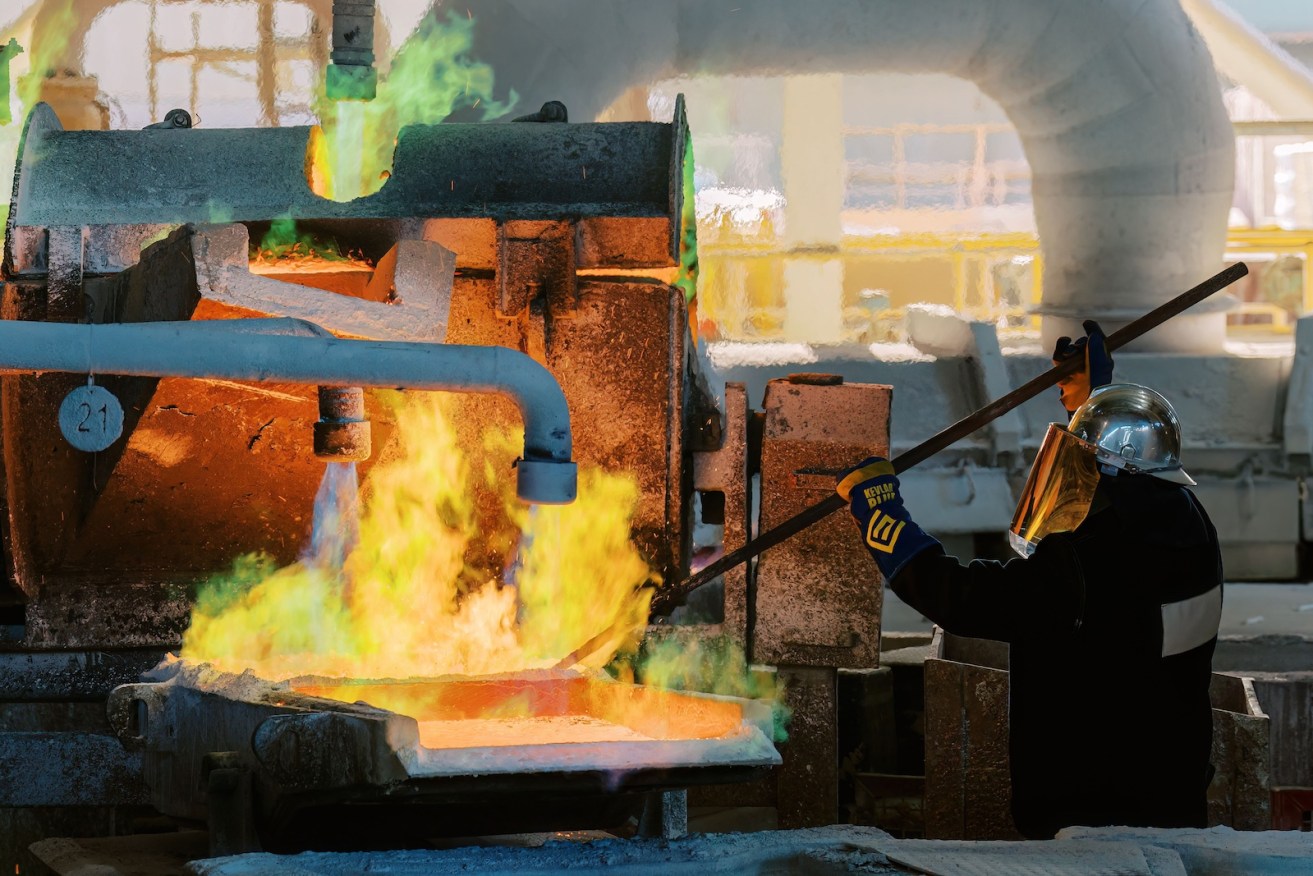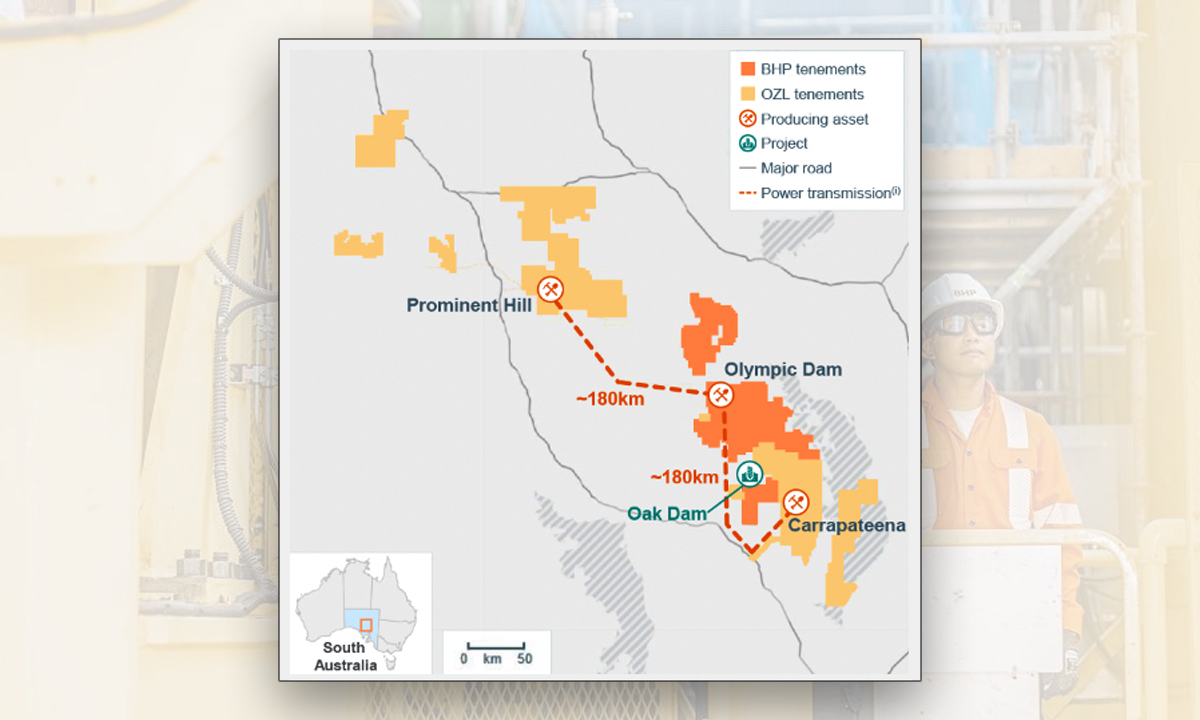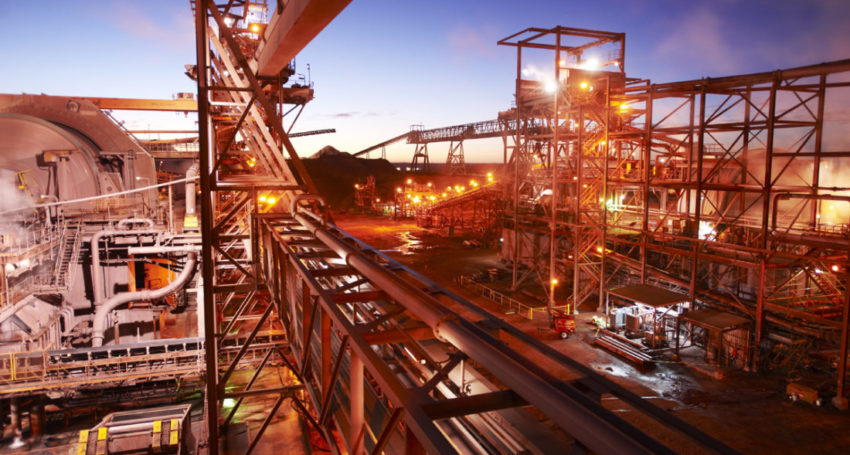Big month for the Big Australian
It has been a tumultuous month for BHP in South Australia as it juggled a takeover of OZ Minerals, won government approval to expand its highly prospective Oak Dam holdings and faced scrutiny over a worker dying at its Olympic Dam copper mine.


Olympic Dam copper smelter. Photo: Supplied
Hardly surprising that one of the world’s largest mining companies is managing multiple issues on its frontline – more remarkable is how these issues are of increasing importance to South Australians.
BHP reported in its Economic Contribution Report last September that it was employing more than 10,000 South Australians and spent $1 billion with local suppliers in the previous financial year.
On Tuesday last week, it added another 660 or so South Australians to its salary cycle when it officially swallowed up one of the state’s largest locally headquartered companies OZ Minerals in its quest to feed the world’s demand for copper.
“Today is the beginning of a new chapter for our business in SA and we have much work ahead of us to bring together our quality resources and talented teams to create sustainable growth options,” chief operating officer Edgar Basto said to mark the occasion.
BHP announced that Basto – who is part of the global executive – will also now be accountable for all operations in South Australia including Olympic Dam in the state’s north and the newly acquired OZ Minerals mines at Prominent Hill and Carrapateena.
He will be overseeing the integration of BHP and OZ Minerals businesses in SA and has flagged a focus on creating a “copper province” in this state that is home to an estimated 69 per cent of the nation’s copper – which was first discovered in Kapunda and Burra in the 1840s.
“Our focus will be to deliver safe and reliable operations from the Olympic Dam, Prominent Hill and Carrapateena assets, build a shared culture of performance and innovation, and create sustainable growth options to establish a copper province in South Australia,” Basto said.
A spokesperson assured InDaily last week that there are no redundancies as BHP now reviews synergies in infrastructure, technology and staffing as it knits the two businesses together.
Copper is a big deal in SA and a big deal globally, prices and demand are rising as the sought-after resource is vital in building new power sources and vehicles needed to transition to a less carbon-intensive world.
Trade figures released last week from the Australian Bureau of Statistics showed in the 12 months to March 2023, SA refined copper exports were up 62.6 per cent.
And BHP is showing no signs of slowing its domination of the sector.
“The world is going to need twice as much copper in the next 30 years as it did in the past 30 to build the electric vehicles, wind turbines and solar panels needed to achieve net zero,” Basto said.
“This creates enormous opportunity for South Australia, and I’m excited by the potential to build something truly great here in this state.”
The State Government is well aware it needs to keep its relationship with the miner strong. BHP employs around 80,000 people across the globe and its joint venture Escondida operation in Chile is the highest-producing copper mine in the world.
Its operations have an enormous impact right across Australia, contributing many billions of dollars to the national economy and shareholder data shows 17 million Australians “benefit directly from BHP”, either as direct shareholders or through their superannuation funds.
The company’s head office is in Melbourne and BHP is listed on the Australian ASX but it keeps a strong presence in South Australia.
Senior executives, including global chief technical officer Laura Tyler, are based in Adelaide at the Franklin Street office.
So too are members of the operations leadership team working with Basto including Jennifer Purdie, asset president Olympic Dam, Justin Bauer, VP operations, along with Michelle Ash, VP growth, who was previously working with OZ Minerals – as was Claire Parkinson, now integration performance executive.
BHP’s takeover of OZ Minerals takes its copper and nickel output to a new level as it draws the Carrapateena and Prominent Hill mines into its portfolio.

BHP projects in SA.
And work on sealing the $9.6 billion deal over the past few months has been carefully managed, its smooth completion suffering a public setback when a 25-year-old contract worker from Two Wells died at Olympic Dam last month.
His death followed another incident in Western Australia in February where a worker was hit and killed by a train at BHP’s iron ore operations.
Jennifer Purdie released a statement about the death of the Exact Mining Services worker, saying “all of us at BHP are shocked and saddened by the tragic death of Nathan Scholz following an incident on a surface access road at Olympic Dam”.
“We are working with South Australia Police and SafeWork SA to understand what occurred and support their investigations. BHP is also conducting its own investigation.”
The death will no doubt have a profound effect on the morale of those working in the isolated mine region 560km north of Adelaide.
Thousands of workers help drive Olympic Dam as BHP’s copper powerhouse where production rose 88 per cent in quarter three and the company also recorded record gold and silver production.

The Olympic Dam mine in SA’s Far North. Photo: supplied.
The company is intent on finding more. Its highly prospective Oak Dam lease 65km southeast of the Olympic Dam mine has been given the nod for State Government environmental approvals to expand exploration work to better define the resource.
Premier Peter Malinauskas recently told an Adelaide business gathering that the project would draw jobs and investment to the state, taking a moment to call on BHP to also contribute funding toward a de-salination plant the government wants to build for the water-challenged region.
BHP currently operates six drill rigs at the Oak Dam project and expects to increase this number to 10 by the end of September this year, with the new approval meaning this can be expanded to 14 drill rigs and a camp for up to 150 workers to be established.
Geraldine Slattery, BHP President Australia, provided some optimism over not only the size of the project but also the water investment as she discussed the company’s plan to incorporate OZ Minerals mines into the SA business at a shareholder Q&A during March.
“Now quite aside from what happens at the mine, there’s a lot of work that will happen in close consultation with our communities, with the Indigenous peoples in the region and with government to solve broader issues that underpin the South Australian basin concept, including water,” Slattery said.
“So, all of this is ahead of us and yes, (we’re) very much looking forward to it.”




